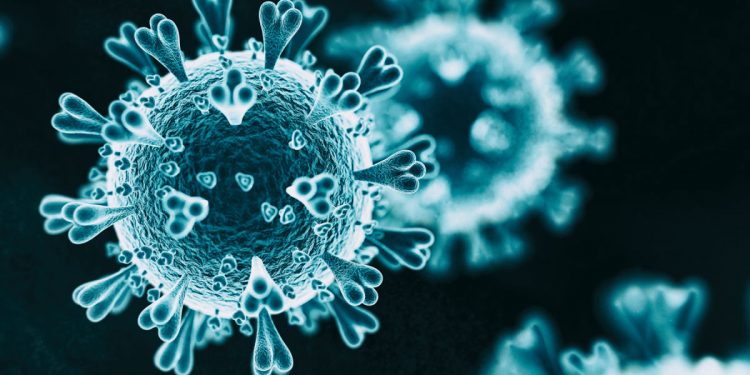Melbourne: Scientists have discovered potential target points on the genome of the novel coronavirus, an advance which they claim may lead to the development of new treatments for the deadly disease.
The researchers, including Ali Hosseini and Alex McLellan from the University of Otago in New Zealand examined previously unrecognised ‘weak points’ on the novel coronavirus SARS-CoV-2’s genome – its RNA – that may be used to destroy the virus, or help create new vaccines.
According to the study, published in the ‘International Journal of Molecular Sciences’, these regions on the viral genome are target sites recognised by host ‘miRNA’ – which are nucleic acid-based ‘immune system’ operating inside the body’s cells.
The scientists said these miRNAs are essential for controlling the activity of genes within cells, and are also important players in the recognition and destruction of viruses.
They said one target site on SARS-CoV-2 matches an abundant miRNA – miR197 – present in very high levels in patients with cardiovascular complications or with respiratory viral infections.
The study noted that the miR197 binding site on SARS-CoV-2 had been independently mutated nearly 40 times since March this year with this mutation present currently in more than 75 percent of SARS-CoV-2 global isolates.
“Patients with cardiovascular complications have been shown to be at risk from COVID-19,” McLellan said. “Our study suggests that a normal defence pathway in these patients may have been blocked through this mutation in the virus,” he added.
However, the scientists cautioned that it is too early to say if such mutations will help the virus, or are simply neutral hitchhikers that confer no advantage to the virus.
“We need direct experimental approaches using live virus, as well further study of the transmission of such mutants around the world,” they said. “Our study just says: let’s keep an eye on these sites and see what happens to these in future,” McLellan pointed out.
Hosseini said many miRNA are different between species, adding that the newly emerged SARS-CoV-2 may face signature human miRNA attack, not those the virus previously experienced in its suspected species of origin, bats.
The researchers believe their findings also open up the possibility to engineer in artificial miRNA sites. They said this may be useful for weakening the virus for vaccine research and had been successfully performed experimentally for other respiratory viruses. Such strategies, according to the scientists, could contribute to worldwide vaccine efforts.







































